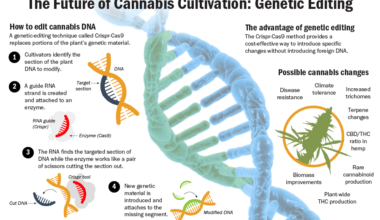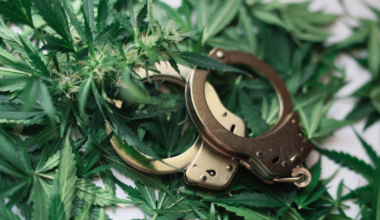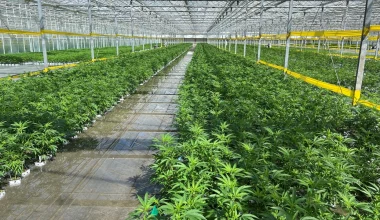
The percentage of high-schoolers nationwide using cannabis has declined significantly over the past ten years, according to newly released data provided by the Centers for Disease Control and Prevention.
According to the findings of agency’s latest report, Youth Risk Behavior Survey: Data Summary & Trends Report 2013-2023, “Ten-year trends are continuing to improve for some areas of adolescent health and well-being, including … substance use.”
Specifically, the report finds that the percentage of high-schoolers nationally who identify as current consumers of cannabis fell 26 percent between 2013 and 2023. The report also finds that a far greater percentage of high-schoolers identify as current alcohol consumers than identify as current cannabis consumers.
The CDC data comes just days after the publication of the most recent National Survey on Drug Use and Health. That report, published by the US Department of Health and Human Services’ Substance Abuse Mental Health Services Administration, similarly identified a significant decline in cannabis use by young people. Specifically, it reported that the percentage of those ages 12 to 17 who reported having ever tried marijuana fell 18 percent from 2014 to 2023.
Commenting on the federal survey data, NORML Deputy Director Paul Armentano said, “Sensational claims that adult-use legalization laws are linked with greater marijuana use by teens are simply not backed by reliable data. These government findings ought to reassure lawmakers that cannabis access can be legally regulated in a manner that is safe, effective, and that does not inadvertently impact young people’s habits.”
Data published in April in the journal JAMA Psychiatry similarly determined that neither the passage of adult-use marijuana legalization laws nor the advent of retail cannabis sales is associated with increased marijuana use by adolescents. Further, compliance check data from California, Colorado, Nevada, and other legal marijuana states show that licensed marijuana retailers do not sell products to underage patrons.
Writing in a syndicated op-ed last year, NORML’s Armentano acknowledged: “States’ real-world experience with marijuana legalization affirms that these policies can be implemented in a way that provides regulated access for adults while simultaneously limiting youth access and misuse. … To date, not a single state that has implemented legalization has reversed course. That’s because these policies are working largely as politicians and voters intended — and because they are preferable to marijuana prohibition.”
The CDC’s new report is available online. Additional information is available from the NORML Fact Sheet, ‘Marijuana Regulation and Teen Use Rates.’
Related
Medical Disclaimer:
The information provided in these blog posts is intended for general informational and educational purposes only. It is not a substitute for professional medical advice, diagnosis, or treatment. Always seek the advice of your physician or other qualified healthcare provider with any questions you may have regarding a medical condition. The use of any information provided in these blog posts is solely at your own risk. The authors and the website do not recommend or endorse any specific products, treatments, or procedures mentioned. Reliance on any information in these blog posts is solely at your own discretion.






